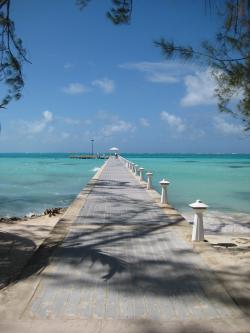jks
About
- Username
- jks
- Joined
- Visits
- 36,731
- Last Active
- Roles
- Member, Administrator, Moderator
- Points
- 670
Reactions
-
Direction Finding and linking existing KiwiSDRs
@W1EUJ Currently position solutions requiring 4 or more satellites are needed to get timing solutions. Although Christoph has a method using a Kalman filter in which individual pseudo-ranges from a single satellite can generate subsequent timing solutions (if I remember correctly). This code is not yet integrated into a Kiwi release. -
API for WSPR status
-
CAT Sync - The CAT Tool for WebSDRs
-
Direction Finding and linking existing KiwiSDRs
Nice article on rtl-sdr.com about the topic: https://www.rtl-sdr.com/locating-various-hf-transmitters-and-number-stations-with-kiwisdrs -
Direction Finding and linking existing KiwiSDRs
Nice article on rtl-sdr.com about the topic: https://www.rtl-sdr.com/locating-various-hf-transmitters-and-number-stations-with-kiwisdrs


